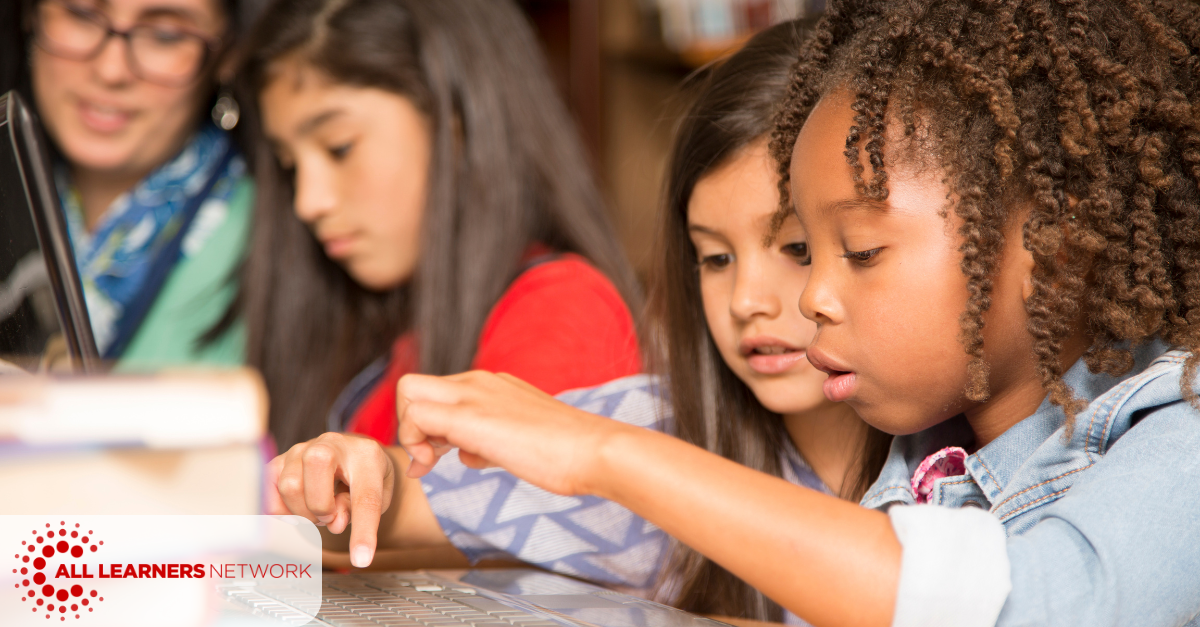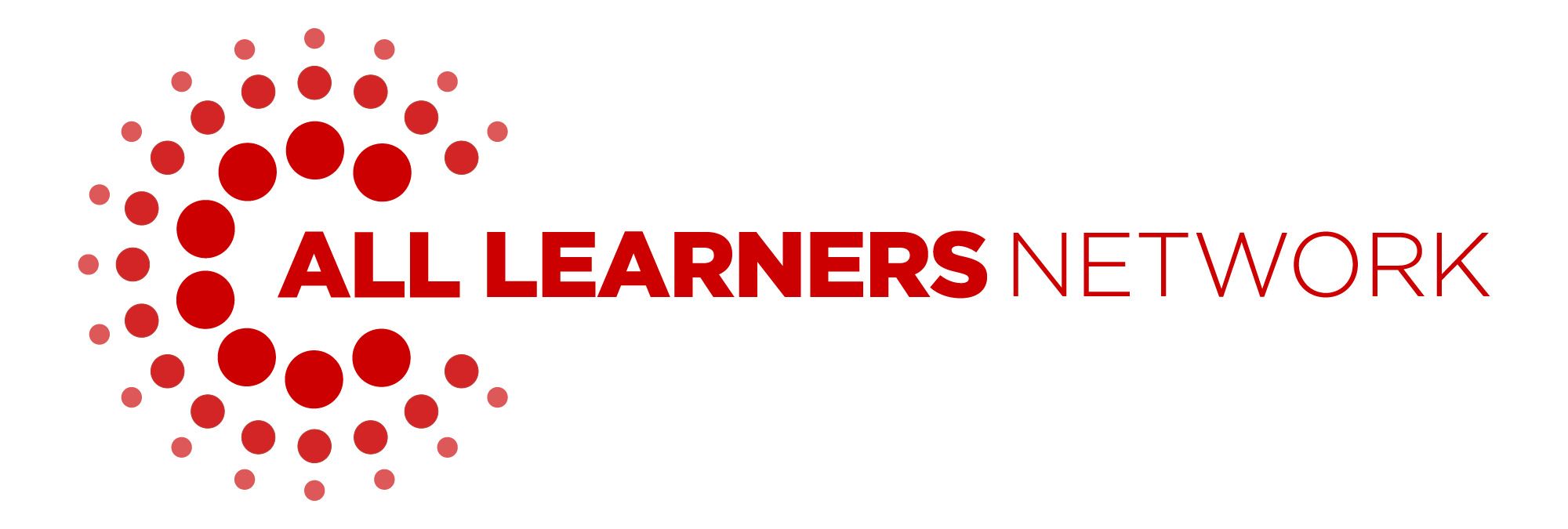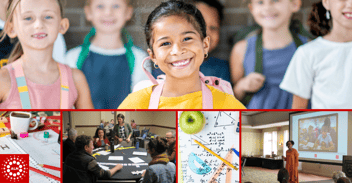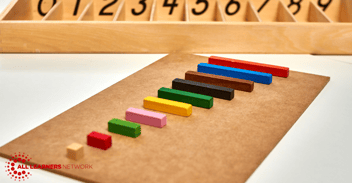
Main Lesson in a Multi-Age Classroom
Published: May 24, 2024
At ALN, we love hearing from folks who are using our All Learners Online (ALO) resources to best meet the learning needs of their students. One of the resource libraries on ALO is the Main Lesson library. This library is full of Common Core State Standards (CCSS) aligned low floor, high ceiling tasks intended to offer multiple entry points and rich problem solving opportunities. Recently, we received an inquiry from an ALO user asking us:
"As I have been working through the modules, one question that keeps coming up for me is how to choose/teach a main lesson when you have a combined-grade. I am having a hard time visualizing what that could look like with different expectations at each grade level. How would you pick a task that is the right level for two different grades?
We’ll discuss three strategies to help choose tasks for a multi-age classroom. In all three strategies, educators are asking students to engage in the same big ideas (often from our HLC Maps). There are many big ideas in mathematics that span several grades. Often our program materials make us feel like our learning goals for students must be very narrow and specific, which makes the work of differentiating for a diverse group of students more challenging. It is nearly impossible to differentiate when the skill focus is too narrow. It is always possible to differentiate instruction focused on a big idea.
Here are three strategies that could support choosing a high quality math task for a multi-age classroom.
1. Tweak the task so that there is a lower floor and higher ceiling. Low floor high ceiling tasks allow more students at a variety of experience levels to enter the task in different ways and extend the task in different ways.
Examples: Both these tasks have a low floor because they can be directly modeled with concrete tools for the lower grade students. They have a high ceiling because there are multiple solutions for the higher grade students to generate. Lower grade students might not have any expectation to show their thinking abstractly with equations while higher level students might be expected to express their thinking in more than one way. Take a look at the Grade 1 progression document and Grade 2 progression. We want you to see how the progression moves forward from one grade to the next along big ideas (Additive Reasoning). Consider the models and strategies students may use to approach this problem across the Additive Reasoning progression.


2. Choose a task for your higher grade level then consider the ways in which you want your lower grade level students to interact with it. Often this means thinking about ways in which students in a lower grade level can model the problem.
Example- This balloon task was given in a pre-kindergarten/kindergarten class. All students engaged with a partner in the task. Kindergarten partners were expected to act out their balloon problems with manipulatives then record a picture and equation to match their story. Pre-kindergarten students were only acting out their problems with manipulatives.

3. Remove one or more numbers and/or remove the question. Students all engage in the same context but they use numbers that work for their instructional level. Students all engage in the same context but they answer different questions based on their current levels.
Examples:


Let us know other ways y’all might be opening up tasks to a variety of learners. It’s always great to share ideas with other educators.
Click here for the printable version.
What Now?
1. Learn more about All Learners Online (ALO) and how this platform can serve you!
2. Review the ALN Lesson Structure and read more about it in chapter two of our book, Teaching Math for All Learners.
3. Read more about the need for discourse in the math classroom here.
4. Bring All Learners Network (ALN) into your school or district for embedded professional development.

All Learners Network is committed to a new type of math instruction. We focus on supporting pedagogy so that all students can access quality math instruction. We do this through our online platform, free resources, events, and embedded professional development. Learn more about how we work with schools and districts here.




